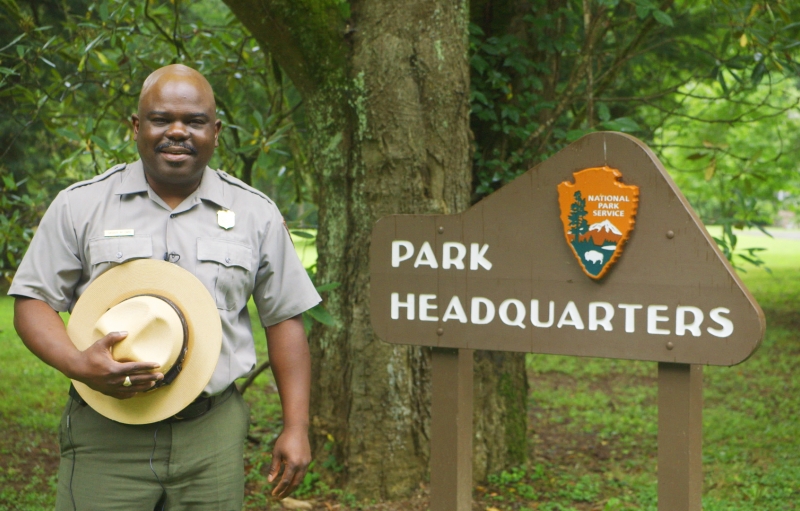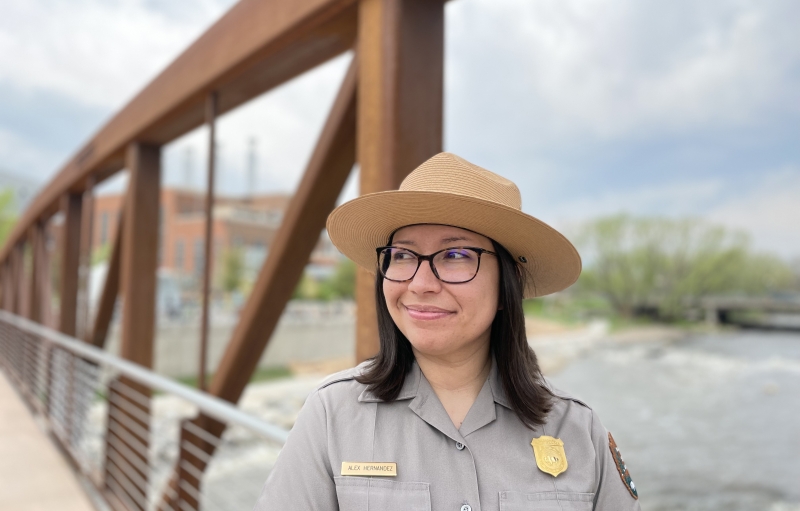Born into slavery on Maryland’s Eastern Shore in 1822, Harriet Tubman – originally named Araminta by her parents, she adopted the name Harriet upon her 1844 marriage to John Tubman – escaped to her freedom in 1849. Tubman spent the next ten years making 13 trips into Maryland to rescue her family and giving instructions to approximately 70 more enslaved people who escaped to freedom with her guidance. Tubman’s early years in Maryland, as well as her dangerous journey to escape to her freedom, come alive at Harriet Tubman Underground Railroad National Historical Park in Church Creek, Maryland, where visitors can follow in her footsteps and explore the legacy she left behind.
During the Civil War, Tubman served the United States Army as a spy, scout, nurse, and cook. She traveled to South Carolina to provide nursing care for African American soldiers and civilians, and adied in the 1863 raid on the Combahee River that rescued more than 700 enslaved people, many of whom later enlisted in the Union Army. Buying a house in Auburn New York after the Civil War, Tubman campaigned for women’s suffrage and established the Harriet Tubman Home for the Aged. Visitors to Harriet Tubman National Historical Park in Auburn, New York, can tour these historic buildings and learn about Tubman’s remarkable life after the Civil War.
Produced by the National Park Service and National Park Foundation, this exciting video invites you to #FindYourPark / #EncuentraTuParque and to stand where heroes stood.




